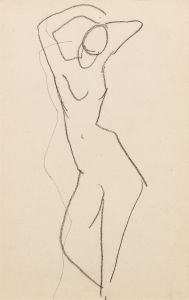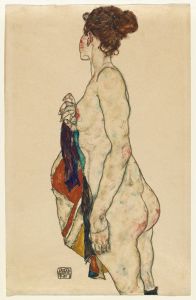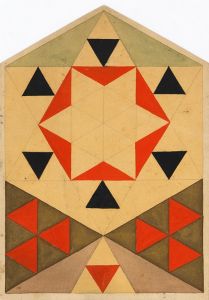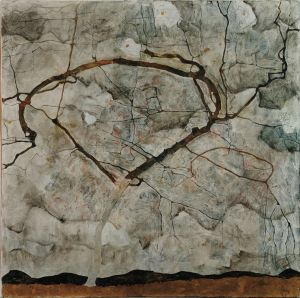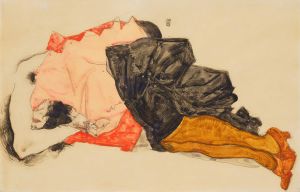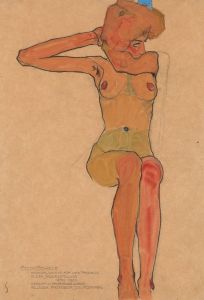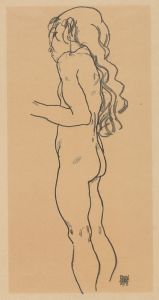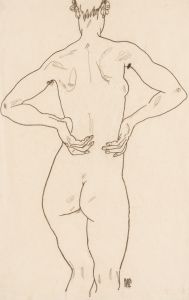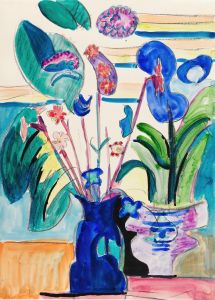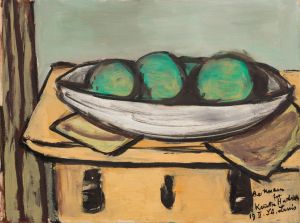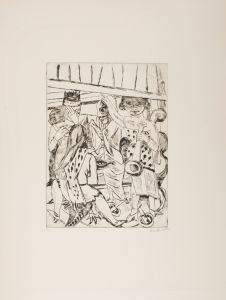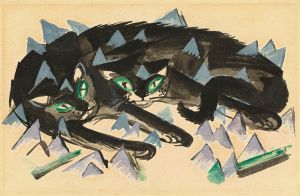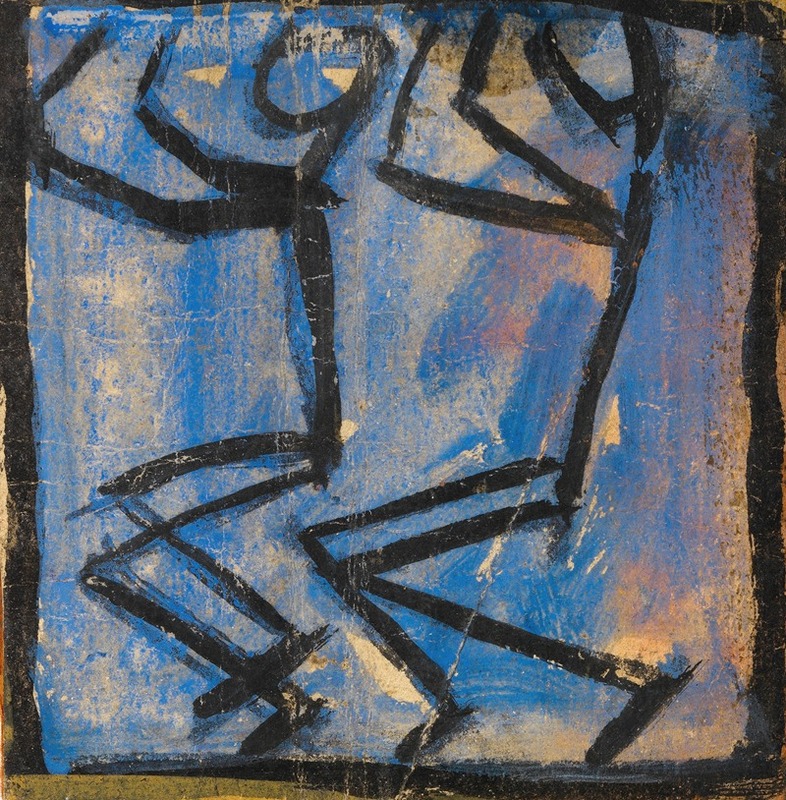
zwei Strichmännchen
A hand-painted replica of Egon Schiele’s masterpiece zwei Strichmännchen, meticulously crafted by professional artists to capture the true essence of the original. Each piece is created with museum-quality canvas and rare mineral pigments, carefully painted by experienced artists with delicate brushstrokes and rich, layered colors to perfectly recreate the texture of the original artwork. Unlike machine-printed reproductions, this hand-painted version brings the painting to life, infused with the artist’s emotions and skill in every stroke. Whether for personal collection or home decoration, it instantly elevates the artistic atmosphere of any space.
Egon Schiele, an Austrian painter known for his intense and often provocative works, created "Zwei Strichmännchen" (translated as "Two Stick Figures") during his prolific career in the early 20th century. Schiele, a protégé of Gustav Klimt, was a major figure in the Expressionist movement, and his work is characterized by its raw emotional intensity and unique style.
"Zwei Strichmännchen" is one of Schiele's lesser-known works, and there is limited information available about this specific piece. However, it is consistent with Schiele's broader artistic themes and techniques. Schiele was known for his exploration of the human form, often depicting figures in contorted poses with exaggerated features. His work frequently delved into themes of sexuality, existential angst, and the human condition, reflecting the turbulent socio-political environment of early 20th-century Europe.
Schiele's style is marked by its bold lines and stark contrasts, often employing a limited color palette to emphasize the emotional content of his subjects. His drawings and paintings frequently feature elongated figures with angular, almost skeletal forms, which can be seen as a reflection of his interest in the fragility and vulnerability of the human body.
Born in 1890 in Tulln, Austria, Schiele showed an early talent for art and was accepted into the prestigious Academy of Fine Arts in Vienna at the age of 16. However, he soon became disillusioned with the conservative teachings of the academy and left to pursue a more avant-garde approach. Influenced by Klimt and the Vienna Secession movement, Schiele developed a distinctive style that set him apart from his contemporaries.
Throughout his career, Schiele faced both acclaim and controversy. His candid portrayal of nudity and sexuality often led to public scandal and even legal troubles. In 1912, he was arrested on charges of public immorality, although he was ultimately acquitted of the more serious charges. Despite these challenges, Schiele continued to produce a significant body of work, including portraits, landscapes, and allegorical scenes.
Tragically, Schiele's life and career were cut short when he died of Spanish influenza in 1918 at the age of 28, just three days after his pregnant wife, Edith. Despite his brief career, Schiele left a lasting impact on the art world, and his works are celebrated for their emotional depth and innovative style.
While specific details about "Zwei Strichmännchen" are scarce, it can be appreciated within the context of Schiele's overall oeuvre. His exploration of the human figure and his ability to convey complex emotions through simple forms continue to resonate with audiences today. Schiele's work remains influential, and his legacy is preserved in major art collections and exhibitions worldwide.





